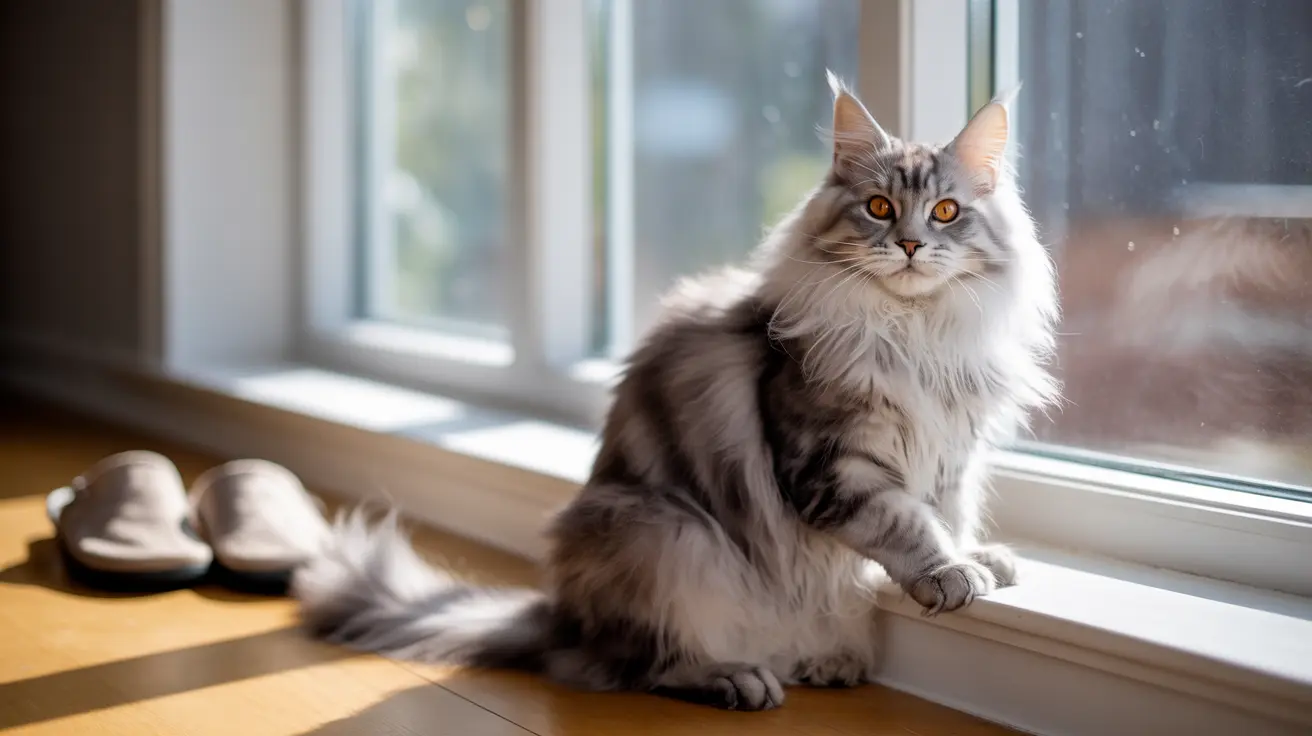Introduction
Have you ever wondered how your feline friend perceives you? The question of whether cats see humans as cats has fascinated pet owners and researchers alike. While cats don't literally think we're oversized felines, their relationship with us is uniquely shaped by their natural instincts and social behaviors.
Understanding how cats see humans can help us better connect with our pets and interpret their behaviors more accurately. Let's explore the fascinating world of feline perception and discover what science tells us about how these mysterious creatures view their human companions.
The Science Behind Feline Perception
Research shows that cats have developed a sophisticated understanding of humans through thousands of years of domestication. While they recognize we're different from other cats, they interact with us using their innate feline social behaviors and communication methods.
Dr. John Bradshaw, a renowned animal behaviorist, suggests that cats view humans as "non-hostile, oversized cats" rather than a completely different species. This perception influences how they communicate and bond with us.
How Cats Communicate with Humans vs. Other Cats
Cats have adapted their communication methods specifically for human interaction. While adult cats rarely meow at each other, they frequently use this vocalization to communicate with humans. This adaptation shows they understand we're different from their feline counterparts.
Other forms of communication include:
- Rubbing against legs (scent marking)
- Head bunting
- Purring
- Kneading
- Bringing "gifts"
The Role of Sensory Perception
Cats primarily rely on scent and sound to identify their human companions. While they can see us clearly, their visual perception differs significantly from ours. They have superior night vision and motion detection but may not excel at recognizing human faces.
Studies indicate that cats recognize their owners' voices and respond more positively to familiar human sounds than to strangers. This suggests a complex understanding of human presence beyond visual recognition.
Social Bonding and Attachment
Recent research from Oregon State University reveals that cats form secure attachment bonds with their human caregivers, similar to human infants and dogs. These bonds are demonstrated through seeking proximity, showing distress when separated, and displaying comfort-seeking behaviors.
Cats often treat humans as part of their social group or colony, sharing affectionate behaviors typically reserved for fellow cats or their mothers. This includes grooming attempts, kneading, and following their chosen humans around the house.
Understanding Your Cat's Perspective
While cats don't see humans as literal cats, they approach us with their natural feline social toolkit. Understanding this perspective can help pet owners respond appropriately to their cats' needs and behaviors. For example, knowing that kneading is a sign of comfort and trust rather than confusion about your species can help you appreciate this behavior more fully.
Frequently Asked Questions
Do cats really see humans as other cats or as a different species?
Cats recognize that humans are different from other cats but interact with us using their natural feline social behaviors. They view us as non-threatening social companions rather than literally seeing us as cats.
Why does my cat knead and rub against me if they don't see me as a fellow cat?
These behaviors are part of cats' natural social repertoire. Kneading is an instinctive behavior from kittenhood, while rubbing is a way to mark you as part of their social group and show affection.
How do cats recognize their owners if not by facial features?
Cats primarily rely on voice recognition, scent, and familiar behavioral patterns to identify their owners. They're more attuned to these cues than to facial recognition.
Can cats form attachment bonds with humans similar to how kittens bond with their mothers?
Yes, research shows cats can form secure attachment bonds with their human caregivers, similar to the bonds between kittens and mother cats or human infants and their parents.
How do cats use their senses and behaviors differently when interacting with humans versus other cats?
Cats adapt their communication methods when interacting with humans, using more vocal communication (like meowing) and modified versions of their natural social behaviors to bridge the species gap.
Conclusion
While cats don't literally see humans as fellow cats, they've developed a unique way of relating to us using their natural social behaviors. Understanding this perspective can help us build stronger bonds with our feline companions and better meet their needs.
By appreciating how cats perceive and interact with us, we can create more meaningful relationships with these fascinating creatures who have chosen to share their lives with us.






